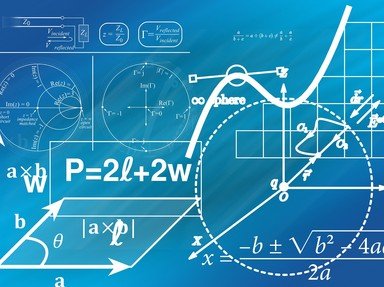Quiz Answer Key and Fun Facts
1. Which of the following is the 2007th positive odd integer?
2. If x is a positive odd integer, then which of the following is the next consecutive odd integer?
3. Which of the following is true about a number that is 1 less than the square of a positive odd integer?
4. A right triangle has sides whose lengths are all positive odd integers. Which of the following could be the length of its hypotenuse?
5. A triangle has sides whose lengths are all consecutive odd integers. What is the smallest possible perimeter of such a triangle?
6. What is the sum of the first 200 positive odd integers?
7. What is the average of the first 200 positive odd integers?
8. The number 2007 can be written as a sum of consecutive positive odd integers in more than one way. What is the largest number of positive odd integers in such a sum?
9. The sum of the squares of the first n positive integers can be shown to be
n(n+1)(2n+1)/6. Which of the following is the sum of the squares of the first n positive odd integers?
10. Final question. Which of the following is the product of the first n positive odd integers?
[Recall that k! is read "k factorial" and means k * (k - 1) * ... * 1].
Source: Author
rodney_indy
This quiz was reviewed by FunTrivia editor
crisw before going online.
Any errors found in FunTrivia content are routinely corrected through our feedback system.

